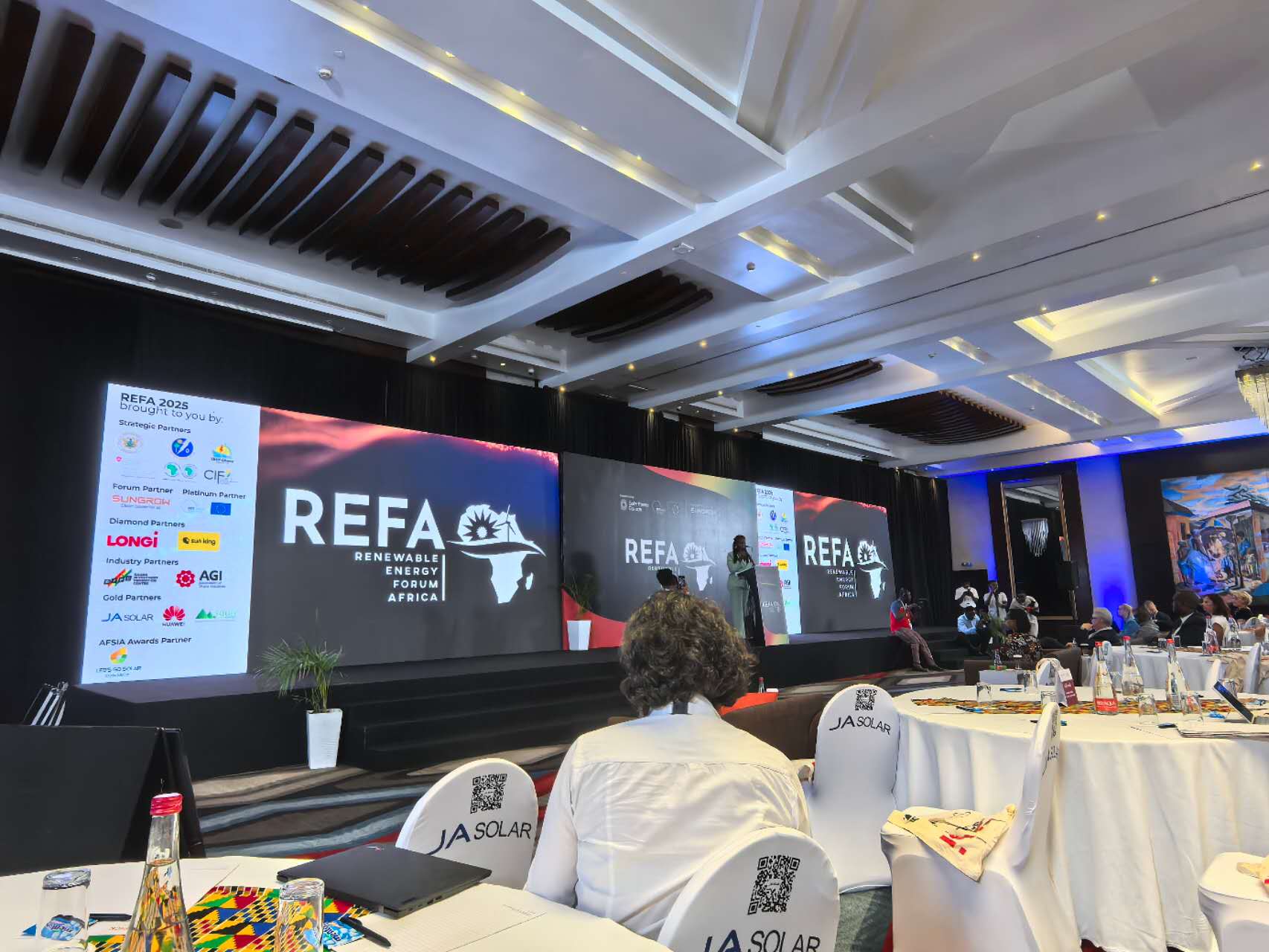On March 1st, Tesla’s Investor Day event was held at the Super Factory in Austin, Texas. In the live commentary, Musk spoke of a number: $10 trillion, which is the money needed to “transform the Earth.”.
Why “transform the Earth”? According to Musk, “Our energy economy is dirty and wasteful.” He said that currently more than 80% of the world’s energy comes from fossil fuels, and only one-third of the world’s energy can provide useful work or heat.
How can this situation be changed? Musk believes it needs to spend $10 trillion to replace fossil fuels with clean energy. It is understood that the GDP of the entire United States in 2022 is $25.46 trillion, with $10 trillion already approaching 40% of the annual GDP of the United States.
Of course, Musk’s $10 trillion is not a casual statement. He has a detailed plan, which is divided into five steps:
The first step is to vigorously develop renewable energy, using renewable energy to power the existing power grid by laying a large number of solar panels and other methods, which can reduce the use of fossil fuels by about 35%, build 24TWh of energy storage and 10TWh of renewable energy, and invest about 800 billion US dollars in manufacturing;
Step 2: With enough electricity, we can vigorously develop electric vehicles and replace fuel vehicles with pure electric vehicles. In this way, all pure electric vehicles can form a huge energy storage pool of 115 TWh, which can reduce fossil fuels by 21%, requiring a manufacturing investment of 7 trillion US dollars;
The third step is to convert all household and industrial heating into heat pumps, which can effectively save energy, reduce the use of fossil fuels by 22%, and invest approximately $300 billion in manufacturing;
The fourth step is to bring electric and hydrogen energy into the industrial system, using hydrogen or electricity entirely in energy consuming industries such as steel and chemical industry, reducing the use of fossil energy by 17%, and investing approximately $800 billion in manufacturing;
The fifth step is to make planes and ships use clean energy, reducing the use of fossil energy by 5%, requiring an investment of 800 billion US dollars.
Overall, this 5-step plan requires a large amount of energy storage support. According to Musk’s estimate, to create a “clean planet”, a total of 240 TWh of energy storage and 30 TWh of renewable power are required.
As a matter of fact, as early as a month ago, Musk had posted a document to warm up the event and revealed that he would launch the third chapter of Tesla’s grand plan (Master Plan Part 3) at the event, which would be a path towards “how the earth moves towards fully renewable energy”, with a bright future ahead!
In this speech, Musk finally gave the specific details of this path through the above five steps. “Five things add up to a 100% sustainable planet,” Musk said. “This is my lifelong goal.”
Musk emphasized that resources are not the bottleneck of electrification, and that transforming to a sustainable economy actually requires fewer resources compared to the fossil fuels currently consumed. Musk reiterated his previous position on lithium, saying, “Lithium resources are very abundant and are everywhere.” Musk said, “The key constraints in the production process of new energy batteries come from the capacity to extract lithium, not the discovery of lithium resources. Recycling will further reduce the demand for resources.”
Musk also proposed a final plan to produce rocket fuel on Mars by decomposing components of the atmosphere and converting them into methane to power the Raptor engine of the interstellar spacecraft. “Ultimately, even rockets can be electrically powered,” he said.
It is not difficult to see that the third chapter of the grand plan proposed by Musk focuses on the energy level in a macro way, and has to some extent jumped out of the previous two chapters of the plan. It is a transformation of the entire industry, not just the automotive industry.
“Tesla, rather than its electric vehicles, can help achieve this goal,” Musk said.
In 2006, Musk proposed the first chapter of the Master Plan, which focuses on producing sports cars, using the money earned to produce affordable cars, and using the money earned to produce more affordable cars. While achieving the above, Musk provides zero emission power generation options. Representative products include Tesla Roadster, Model S/X, and Model 3/Y.
In 2016, Musk proposed the second chapter of the grand plan to develop energy storage business, expand the electric vehicle product line, develop autonomous driving technology that is 10 times safer than human manual driving, and generate revenue by sharing idle vehicles. Related products include Powerwall, Powerpack, Cyberrack, Semis, FSD systems, etc.
Currently, the first chapter has been basically completed, while the second chapter is still under efforts. As for the new third chapter, it is a more macro and remote strategic path, which seems difficult to see results in the short term.
However, Musk is very optimistic about this, and expects that if new energy production capacity can be maintained at the estimated growth rate by 2030, then 100% energy sustainability can be achieved by 2050.







